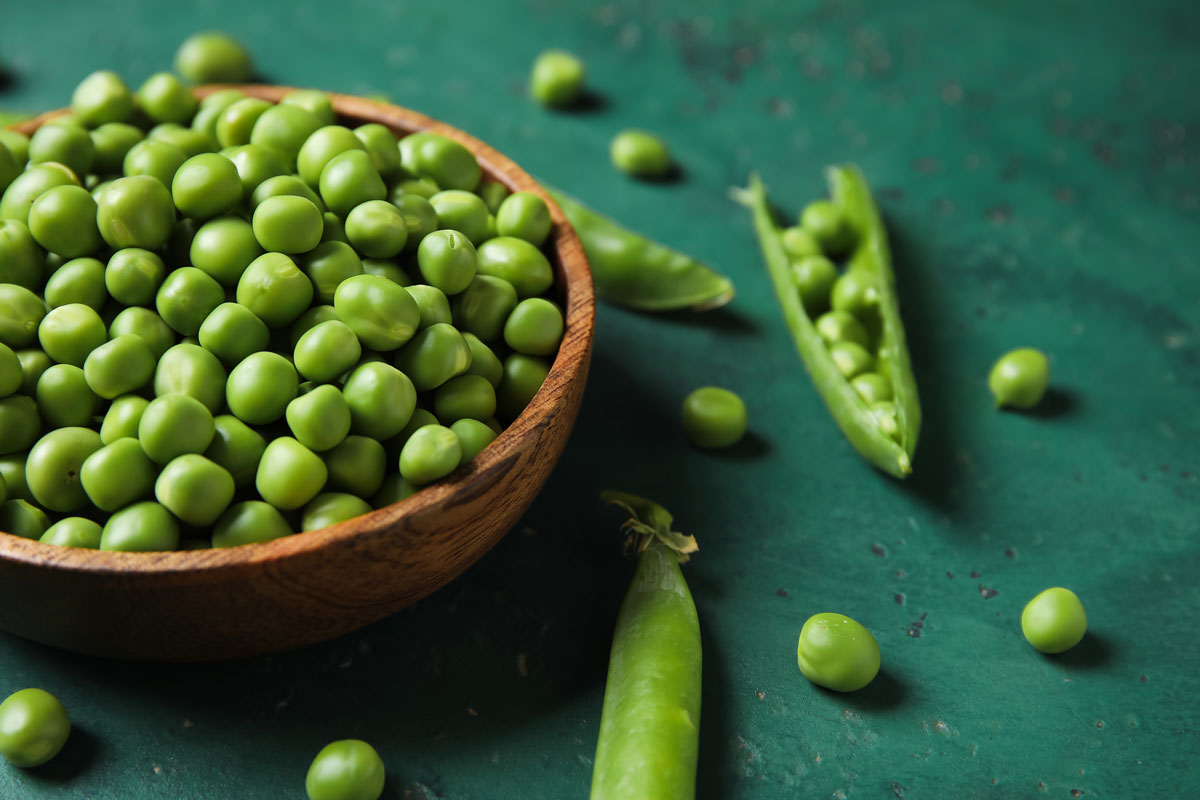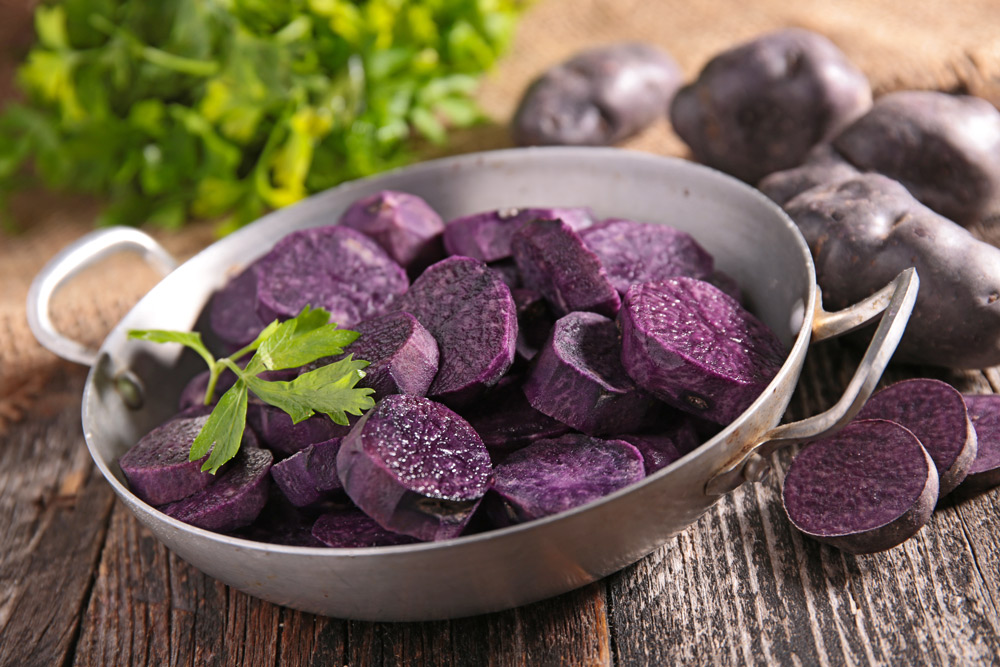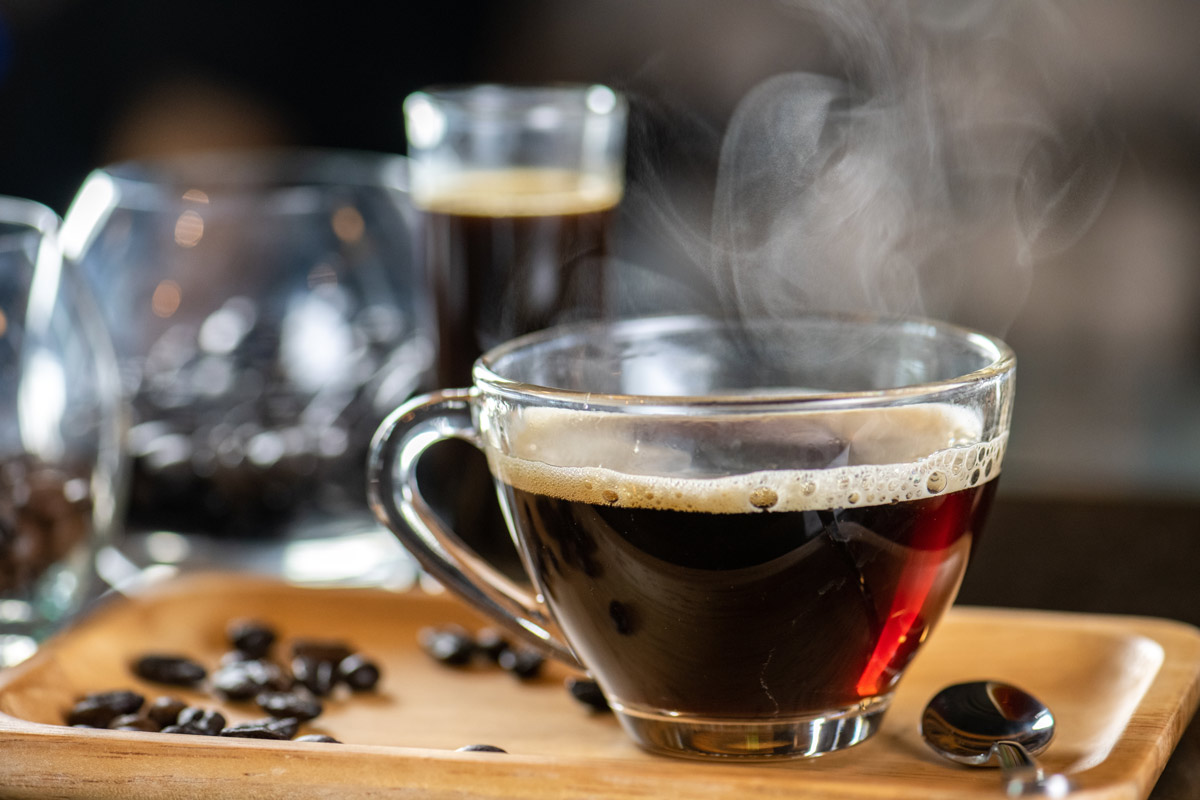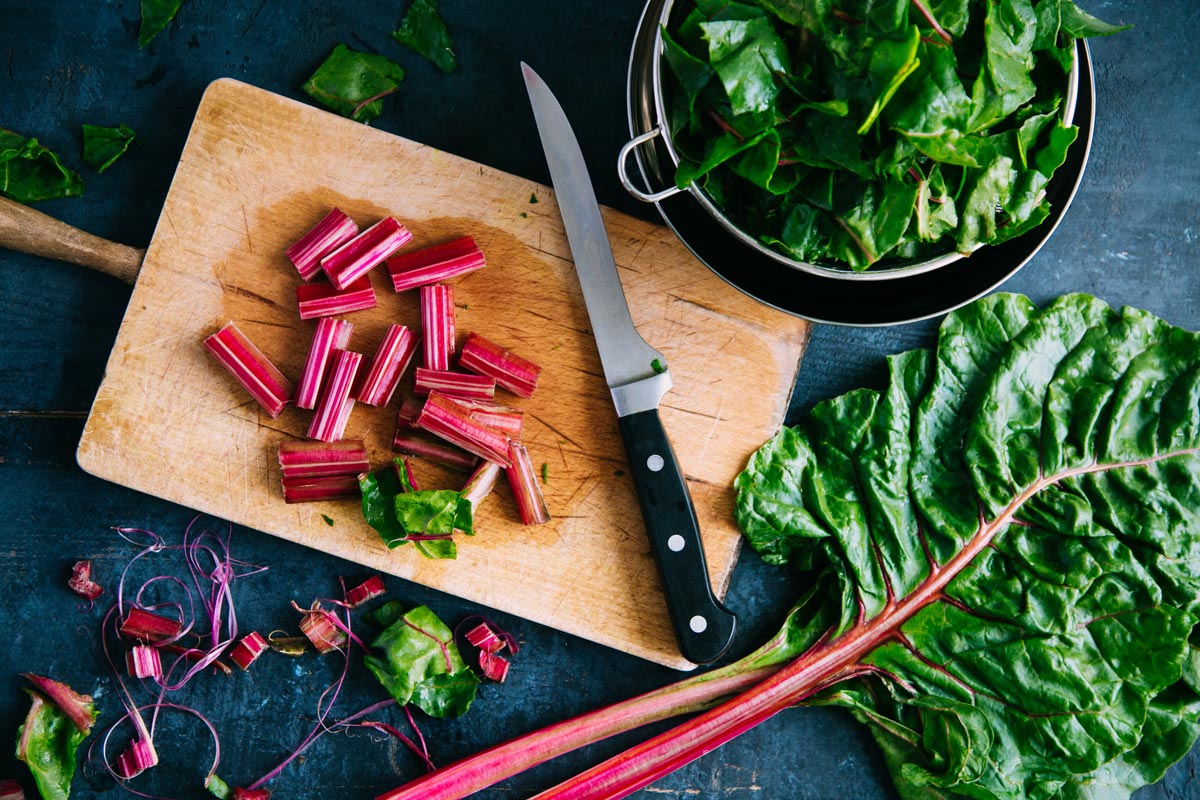Olive Oil and Lemon Pancakes Recipe, Spotlight on Lemons, Heating Your Griddle, The Downside of Perfumed Products, and Your Brain on Exercise
If you love fluffy flapjacks, you’ll be over the moon about these olive oil and lemon pancakes, packed with flavors as well as nutrients. Boxed mixes can’t hold a candle to them! Speaking of candles, you’ll want to read about discoveries from researchers at Purdue who found that scented products, including wax melts that are flame-free, are creating indoor toxins that can harm respiratory health. I’m also sharing a study on a brainy benefit from exercise.
Olive Oil & Lemon Pancakes
 Olive Oil and Lemon Pancakes
Olive Oil and Lemon PancakesPancakes from scratch take breakfast (or brunch) to a whole new level. These are so tasty that you don’t need any syrup to enhance their flavor. If you want a nutritious garnish, top each serving with mixed berries.
Ingredients
- 1-1/2 cups all-purpose flour
- 1/2 cup white whole wheat flour
- 3 tablespoons sugar or equivalent
- 2-1/2 teaspoons baking powder
- 1/2 teaspoon baking soda
- 1/2 teaspoon fine sea salt
- 1/4 teaspoon freshly grated nutmeg
- 1/4 teaspoon cinnamon
- 4 large or extra-large eggs
- 4 tablespoons extra virgin olive oil, divided use
- 1-1/3 cups milk or non-dairy alternative
- 1 cup ricotta cheese
- 2 teaspoons vanilla
- Zest of one large lemon
- 4 tablespoons freshly squeezed lemon juice
Directions
Step 1
Mix all the dry ingredients in a large bowl.
Step 2
In a separate bowl, beat the eggs until frothy, then add 3 tablespoons olive oil, the milk, ricotta, vanilla, and lemon zest. Whisk well, then fold in the lemon juice.
Step 3
Using a large spatula, scrape the liquid mixture into the bowl of dry ingredients and blend thoroughly, being sure to incorporate all the flour into the batter.
Step 4
Heat a griddle over medium heat. When ready, brush the griddle with the final tablespoon of olive oil. Use an ice cream scoop to make as many 4-inch pancakes as will fit without crowding. Cook for about 3 minutes, until the edges start to firm, then flip the pancakes and continue cooking for another 3 minutes. Repeat until you’ve used up all the batter.
Yields 20 pancakes

Healthy Ingredient Spotlight
Keeping Lemons Fresh Longer
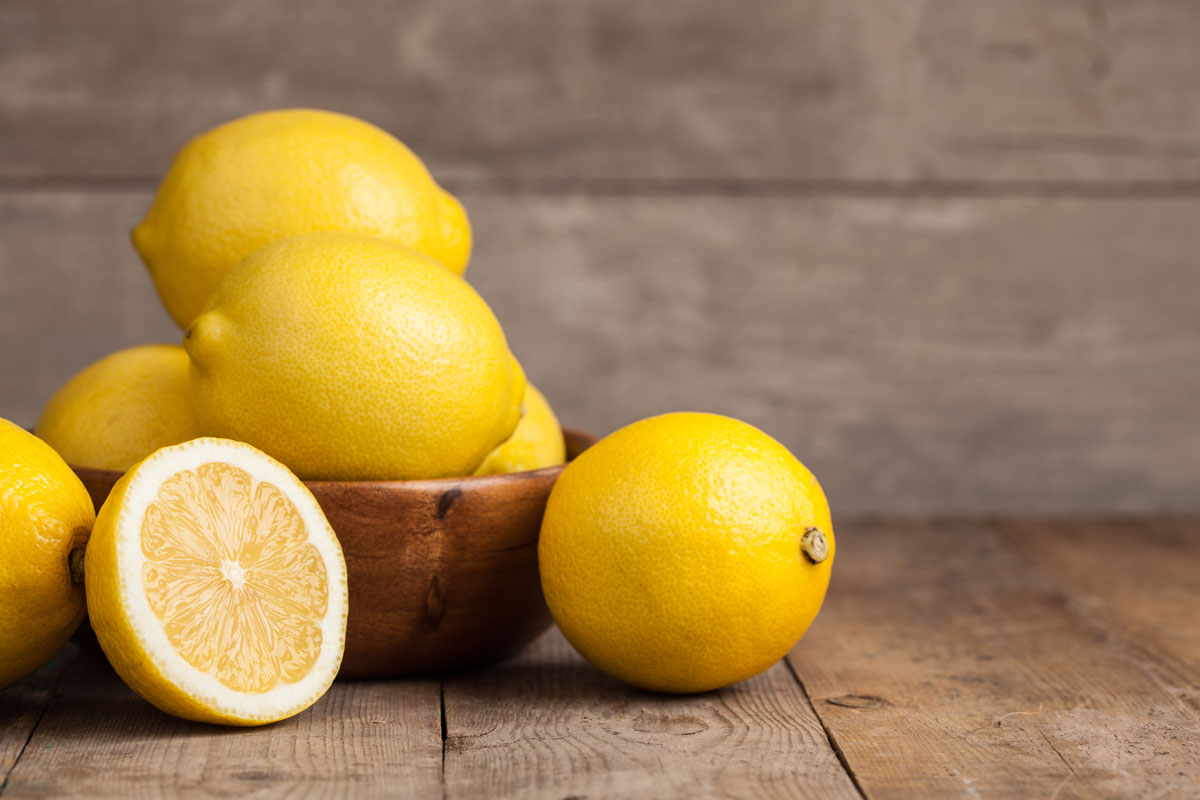
A squeeze of lemon adds freshness to so many dishes that I always have a few on hand. And to make sure they stay fresh until I use them, I don’t keep them in a bowl on the counter, but rather in the fridge. This can extend their shelf life from about one week to three or four weeks.
When you get home from the store, rinse the lemons under cold water and dry them thoroughly. Then place them in an airtight container in a crisper drawer.
Because citrus fruits more easily release their juices at room temperature, take lemons out of the fridge about an hour before using.

Quick Kitchen Nugget
Heating Your Griddle
Members of the Fresh-Pressed Olive Oil Club know that I’m a stickler when it comes to heating a pan before adding olive oil. This is especially true for a stovetop pancake griddle because this cookware needs a long preheat to create uniform temperature and avoid hot spots that can burn your pancakes.
Place your griddle on the stovetop over medium heat and give it 5 to 10 minutes to heat up. Test it with a drop of water—the water should sizzle and evaporate quickly. Then pour a tablespoon of olive oil on the griddle and use a silicone brush to spread it across the surface.
If you’re unsure whether the pan is hot enough, test with a small spoonful of batter. The bottom should brown evenly within a minute or two. If browning happens too quickly and you see dark spots when you flip it, lower the heat a notch before proceeding. If the tester doesn’t brown nicely, turn the heat up a notch.

For Your Best Health
The Downside of Perfumed Products
Do you find the scent of a pine forest or a rose bush so pleasant that you use products with the fragrance indoors? Problem is, simulating natural aromas with chemicals, like those found in air fresheners, wax melts, floor cleaners, and room deodorants, rapidly fills your inside environment with nanoscale particles, invisible to the naked eye and small enough to penetrate deep into your respiratory system and spread to other organs, according to research done at Purdue University. These nanoparticles form when fragrances interact with ozone, which enters buildings through ventilation systems, triggering chemical transformations that create new airborne pollutants.
“A forest is a pristine environment, but if you’re using cleaning and aromatherapy products full of chemically manufactured scents to re-create a forest in your home, you’re actually creating a tremendous amount of indoor air pollution that you shouldn’t be breathing in,” said Nusrat Jung, DSc, an assistant professor in Purdue’s Lyles School of Civil and Construction Engineering.
Dr. Jung and her colleague Brandon Boor, PhD, Purdue’s Dr. Margery E. Hoffman Associate Professor in civil engineering, have been the first to study nanoscale airborne particle formation indoors and compare it to outdoor atmospheric processes. “To understand how airborne particles form indoors, you need to measure the smallest nanoparticles—down to a single nanometer. At this scale, we can observe the earliest stages of new particle formation, where fragrances react with ozone to form tiny molecular clusters. These clusters then rapidly evolve, growing and transforming in the air around us,” said Dr. Boor.

In a “tiny house lab,” a dedicated residential lab space for indoor air quality research, Drs. Jung and Boor are using the latest industry-developed air quality instruments to track how household products emit volatile chemicals that evaporate easily and generate the tiniest airborne nanoparticles. Called the Purdue zero Energy Design Guidance for Engineers (zEDGE) lab, the tiny house has all the features of a typical home but is equipped with sensors for closely monitoring the impact of everyday activities on a home’s air quality. Dr. Jung led the design of the lab, which was built in 2020 as the first of its kind. With this unprecedented level of detail and accuracy, Drs. Jung and Boor have made discoveries suggesting that many everyday household products used indoors may not be as safe as previously assumed.
Even though it’s yet to be determined how breathing in volatile chemicals from these products impacts your health, newly formed nanoparticles are particularly concerning because they can reach very high concentrations, potentially posing risks to respiratory health. Both professors believe these findings highlight the need for further research into indoor nanoparticle formation triggered by heavily scented chemical products. “Our research shows that fragranced products are not just passive sources of pleasant scents—they actively alter indoor air chemistry, leading to the formation of nanoparticles at concentrations that could have significant health implications,” Dr. Jung said. “These processes should be considered in the design and operation of buildings and their HVAC systems to reduce our exposures.”
The two researchers also specifically found that scented wax melts, typically advertised as nontoxic because they are flame-free, actually pollute indoor air at least as much as candles. Wax melts and other scented products release terpenes, the chemical compounds responsible for their scents. Since wax melts contain a higher concentration of fragrance oils than many candles do, they emit more terpenes into indoor air. These terpenes then rapidly react with ozone, triggering significant nanoparticle formation. In fact, the nanoparticle pollution from wax melts rivals that of candles, despite the absence of combustion. They also found that essential oil diffusers, disinfectants, air fresheners, and other scented sprays generate a significant number of nanoscale particles.
Drs. Jung and Boor use the tiny house lab to study how a range of other everyday household activities, such as hair care routines, could impact a home’s air quality. Dr. Jung and her students have found that several chemicals, particularly cyclic volatile methyl siloxanes, ubiquitous in hair care products, linger in the air in surprising amounts during and after use. In a single hair care session at home, a person can inhale a cumulative mass of 1 to 17 milligrams of these chemicals.
Toxicologists will need to build upon these studies to find out exactly how harmful it could be to inhale complex mixtures of volatile chemicals and nanoscale particles indoors. As their research continues, Drs. Jung and Boor also hope their findings will improve how indoor air quality is monitored, controlled, and regulated. “Indoor air quality is often overlooked in the design and management of the buildings we live and work in, yet it has a direct impact on our health every day,” Dr. Boor said. “With data from the tiny house lab, we aim to bridge that gap, transforming fundamental research into real-world solutions for healthier indoor environments for everyone.”

Fitness Flash
Your Brain on Exercise
A study led by scientists at Rutgers University-New Brunswick has shown that specialized cells involved in how the body responds to insulin are activated in the brain after exercise, suggesting that physical activity may directly improve brain function. The research, published in Aging Cell, a journal focused on the biology of aging, indicates that therapies targeting this insulin action may be developed to offset or even prevent dementia progression.
“We believe this work is important because it suggests exercise may work to improve cognition and memory by improving the abilities of insulin to act on the brain,” said Steven Malin, PhD, an associate professor in the Department of Kinesiology and Health in the Rutgers School of Arts and Sciences and lead author of the study.
Conducted in collaboration with the National Institutes of Health’s National Institute on Aging, the researchers focused on the role of neuronal extracellular vesicles, specialized cells released by the brain. Extracellular vesicles, once dismissed by researchers as “cell dust,” have in the past 15 years grown exponentially in recognition as important players in the microscopic world of the human body, facilitating transport of key molecules such as proteins between cells. For this study, the scientists targeted vesicles produced in the brain that ferry several proteins involved in insulin sensitivity, one of which is called Akt.
Insulin sensitivity is a measure of how well the body responds to insulin, a hormone that controls blood sugar levels. People with high insulin sensitivity can use blood glucose more effectively in the body, such as in the muscles, which reduces blood sugar. People with type 2 diabetes, with its key symptom of low insulin sensitivity or insulin resistance, have brain cells that are less responsive to insulin. This can have negative impacts on cognition.
Researchers were able to study the vesicles by isolating them in the blood of participants in an experimental study. The trial, conducted over two weeks, included a group of 21 volunteers who had an average age of 60 and had prediabetes. Over the course of the study, they engaged in 12 individual, supervised, 60-minute exercise sessions of moderate to high intensity. The participants ingested a glucose drink before and after training, and researchers collected blood samples from them at the start and end of exercise training. The blood samples showed that the number of neuronal vesicles carrying the proteins involved in insulin sensitivity increased after each training, with Akt being most notable.
“We showed for the first time that exercise impacts insulin signaling from neuronal extracellular vesicles in relation to clinical improvements in blood sugar,” Dr. Malin said. “And we use these neuronal extracellular vesicles as an indicator of brain insulin sensitivity.” Exercise, therefore, is potentially able to improve the brain’s capacity to respond to insulin for neuronal function, he said.
Insulin is a hormone increasingly recognized to regulate cognition, the mental process of acquiring knowledge through thought, experience, and the senses. Prediabetes is a serious health condition that occurs when blood sugar levels are higher than normal but not high enough to be diagnosed as type 2 diabetes. Those with prediabetes run the risk of having insufficient levels of insulin in their bodies, particularly the brain, which increases the chances of developing diseases of dementia such as Alzheimer’s, Dr. Malin said.
Insulin also plays a crucial role in memory formation, recall, processing speed, and the functioning of synapses, structures that allow brain cells to communicate with one another. “If insulin is insufficient in the brain, that means not only will brain cells become potentially dysfunctional, but also they may fail to interact with each other properly,” Dr. Malin said. “It’s like playing the game telephone…At some point the message gets lost when the brain becomes insulin resistant.”
Exercise has long been believed to improve cognition, but the mechanisms involved have been unclear. Past studies have uncovered evidence that high blood sugar contributes to a decrease in the brain’s ability to recall information and learn new information. Dr. Malin said that insulin, which is produced by the pancreas and travels to the brain to perform its functions, plays a central role in promoting brain blood flow and neuronal functioning for cognition. “Our work suggests that therapies that target brain insulin action may be able to ward off dementia,” he added.
Future plans are to conduct a long-term exercise training study that assesses brain insulin sensitivity improvements in relation to cognition in older adults.
Get More Recipes In Your Inbox!

